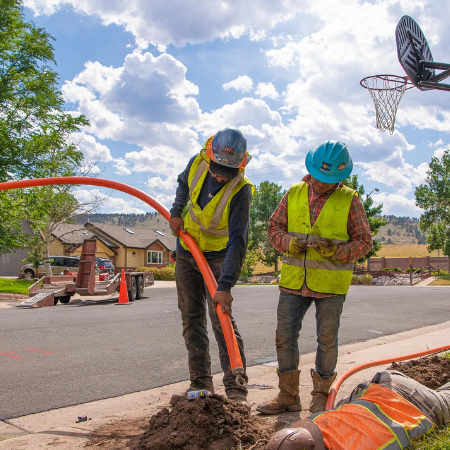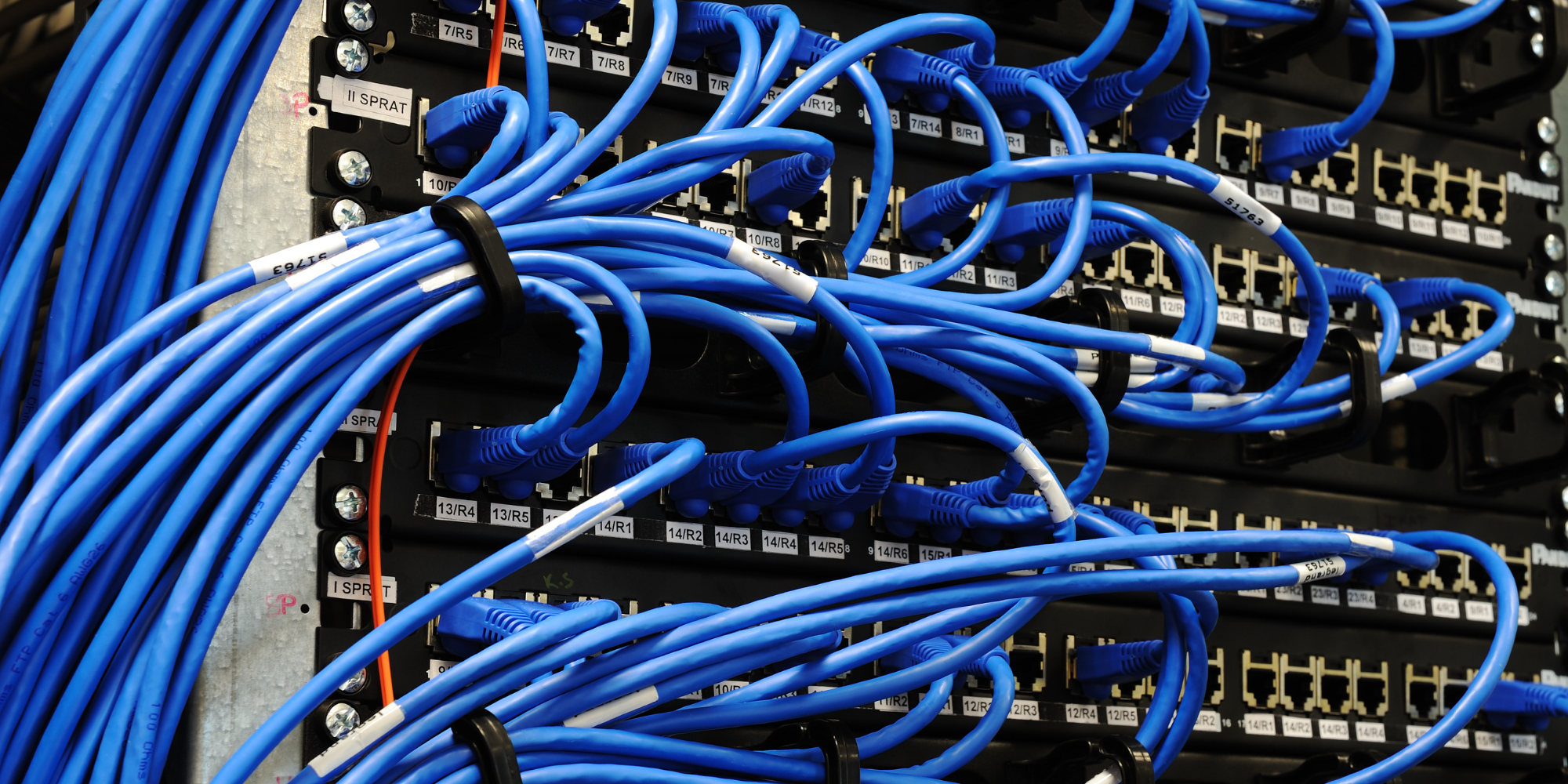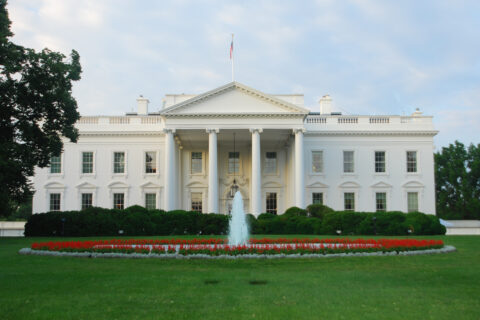This past year of increased remote work, school, healthcare, and civic life has made it clear beyond any doubt that broadband connectivity is an absolute necessity for full participation in modern life. However, historically, our nation has treated broadband more as an optional perk, funding broadband buildouts and affordability measures through a patchwork of incentives, pilot projects, and repurposed programs meant for other systems.
As chair of NLC’s Information Technology and Communications Committee, I have seen our calls for a robust, comprehensive federal investment in broadband go unanswered for years. The time to reform this system has long since passed – and it is time for Congress to start seriously treating broadband as essential infrastructure and bring our country into parity with other nations of the world.

As a first step, we must achieve ubiquity of high-quality broadband infrastructure. The conduit, fiber, towers, and equipment that help residents and businesses get online are unevenly distributed. Many neighborhoods & communities still lack reliable broadband access. Residents who need fixed and mobile connections are forced to rely on outdated networks that can’t support modern activities, like videoconferencing – which is necessary for remote education and tele-medicine.
A comprehensive federal infrastructure package also must include adequate funding and financing to allow not just for the buildout of world-class infrastructure in areas still lacking any connection, such as remote rural communities, but also to improve infrastructure in urban and suburban communities. These places have contended with disinvestment, lack of adequate competition, and digital redlining by incumbent providers. Further, we cannot improve what we do not measure, so the Federal Communications Commission (FCC) must prioritize developing a successor to the National Broadband Map that provides clear, granular information about exactly where broadband infrastructure and service exist, at what performance speeds, and at what cost to consumers and businesses. The recently announced Broadband Data Collection program from the FCC, which encourages individual consumers and communities to share their broadband experiences and actual speeds directly to the FCC’s Broadband Data Task Force, is a start. But these efforts must be followed with a consistent nationwide program to perpetually track our progress in making the U.S. a leader in broadband deployment.
Second, broadband service that is too expensive for households and businesses to use solves no problems. Congress must partner with state, local, and private allies to make broadband more affordable for all. The new Emergency Connectivity Fund and Emergency Broadband Benefit programs established in response to the COVID-19 emergency are a strong start. However, as the COVID-19 pandemic subsides, it is critical to maintain these types of programs into the future. The affordability crisis will last long beyond the current emergency. A comprehensive federal infrastructure package should include permanent programs to ensure that households have options for affordable broadband service and appropriate devices for doing things like learning, accessing services, conducting personal business, and tele-medicine services for our aging senior population. Further, anchor institutions must be supported in connecting their larger communities through permanent flexibility to the E-Rate program.
If our residents have broadband access in the community and the ability to get that service at an affordable rate, they still may not choose to use it, or may take unsafe cyber-risks with their own or their family’s security without appropriate skills training. That’s why NLC is also calling on Congress to incorporate holistic support for digital equity planning and work for local governments and their partner organizations as part of any broadband infrastructure package. Local governments and nonprofits have led the way, before and during the COVID-19 pandemic, in providing people with the digital skills they need to use technology safely and effectively. For some communities, this means training classes for seniors so that they can communicate with loved ones who are far away or communicating with their medical providers via tele-medicine connections. For others, this means laying the foundation for computer skills that can lead to enrolling in higher education, or a pathway to a better job.
Finally, Congress must unleash the full potential of local broadband leadership. In nearly half of all states, local governments that are ready, willing, and able to provide quality affordable community broadband service via public or public/private models are barred from doing so by antiquated state laws. At a time when Congress seeks to stretch the value of its infrastructure spending as far as possible, empowering all local governments to pursue community broadband is critical. Locking out local governments from broadband investment and limiting their ability to direct and shape future broadband service is simply a waste of taxpayer resources and dollars.

Lifting or eliminating these state policy barriers comes at no cost to the federal government and allows local leaders – who know the needs of their communities better than anyone else – to make the best decisions for their own communities. These state laws are anti-competitive and hurt local efforts to ensure all residents and businesses are connected.
In my city of Loveland, Colorado, our residents have been able to make that choice through the establishment of our ‘Pulse’ broadband service. In 2005, in response to industry lobbying efforts, Colorado’s state legislature passed SB-152, a law which limits community broadband. However, crucially, the law allowed local governments to override that restriction with a ballot initiative. Even with the option, dealing with the override and associated public votes delayed community broadband unnecessarily in Northern Colorado by several years. Northern Colorado is now home to a thriving regional push for community broadband, with four adjacent cities – Loveland, Longmont, Fort Collins, and Estes Park – well on their way to providing gigabit fiber service to every home and business. In fact, the City of Longmont became Colorado’s first “gig city” in 2017.
Cities can’t wait any longer for broadband action. We need Congress to unlock the power of community broadband through bills like the Community Broadband Act. We need Congress to pass an infrastructure package that fully addresses connectivity needs, through investment in infrastructure and measurement, affordability, and skills training. And we need to ensure that local governments can access and direct broadband spending, to fully close the digital divide and ensure that our communities are technologically competitive in the future.







